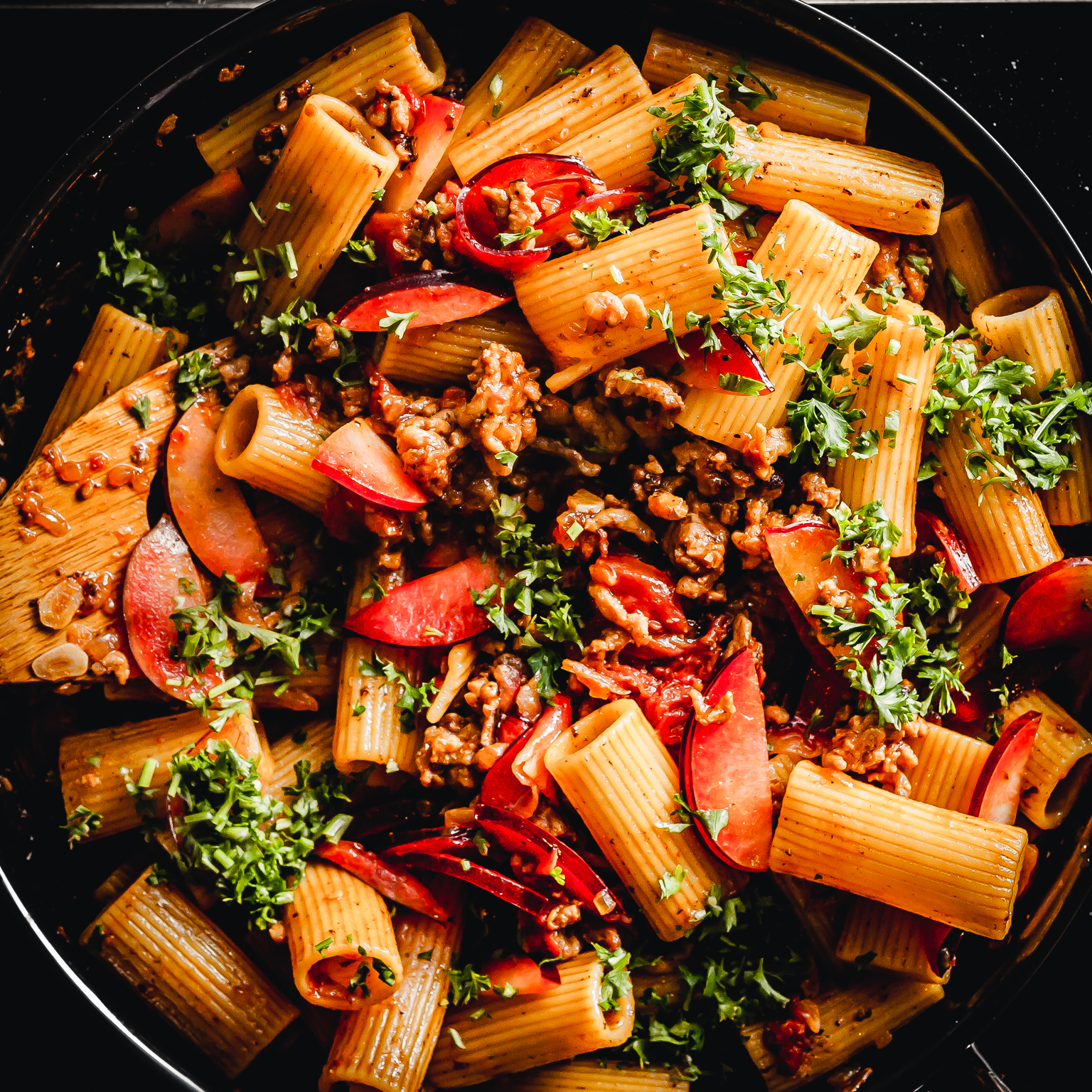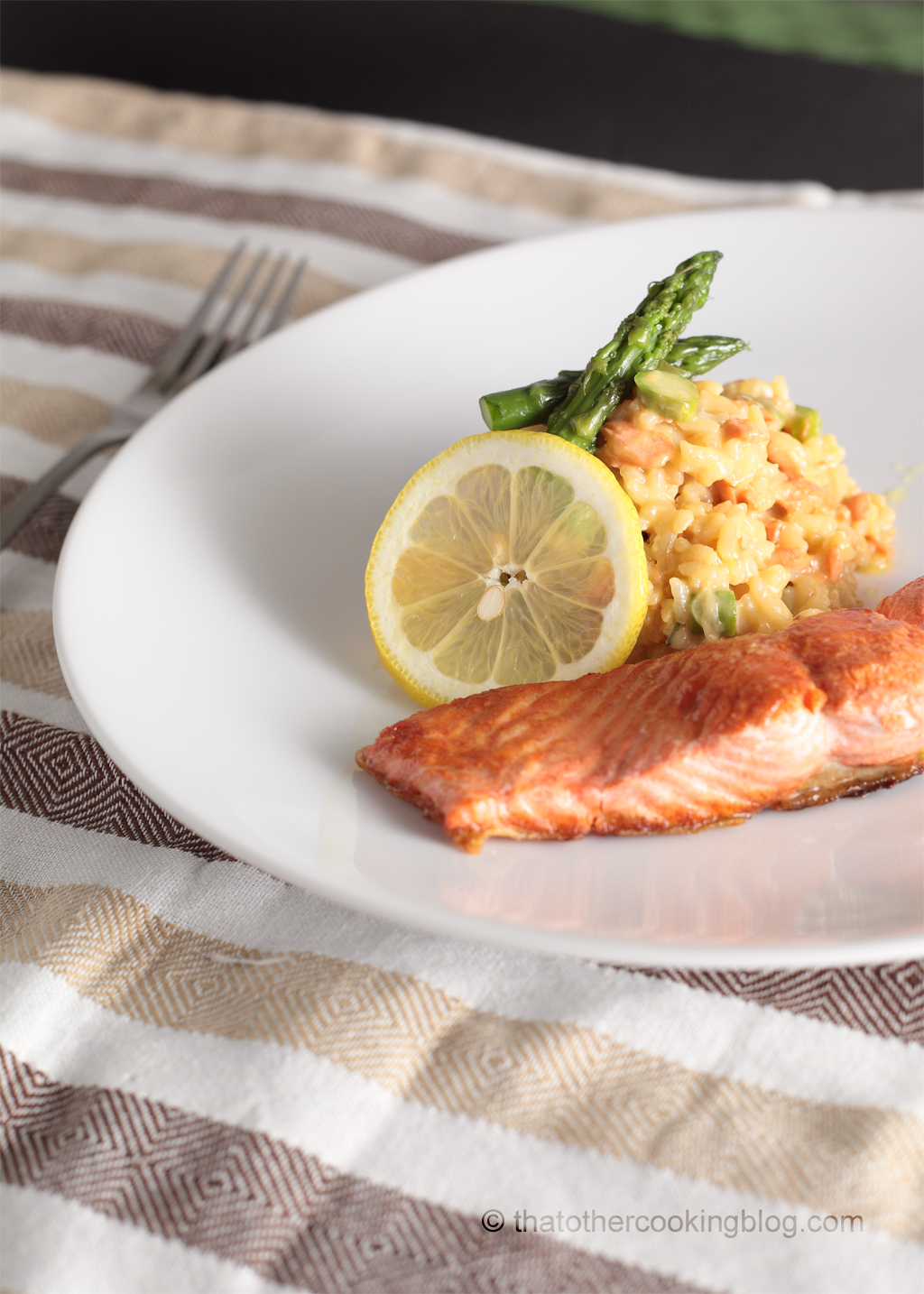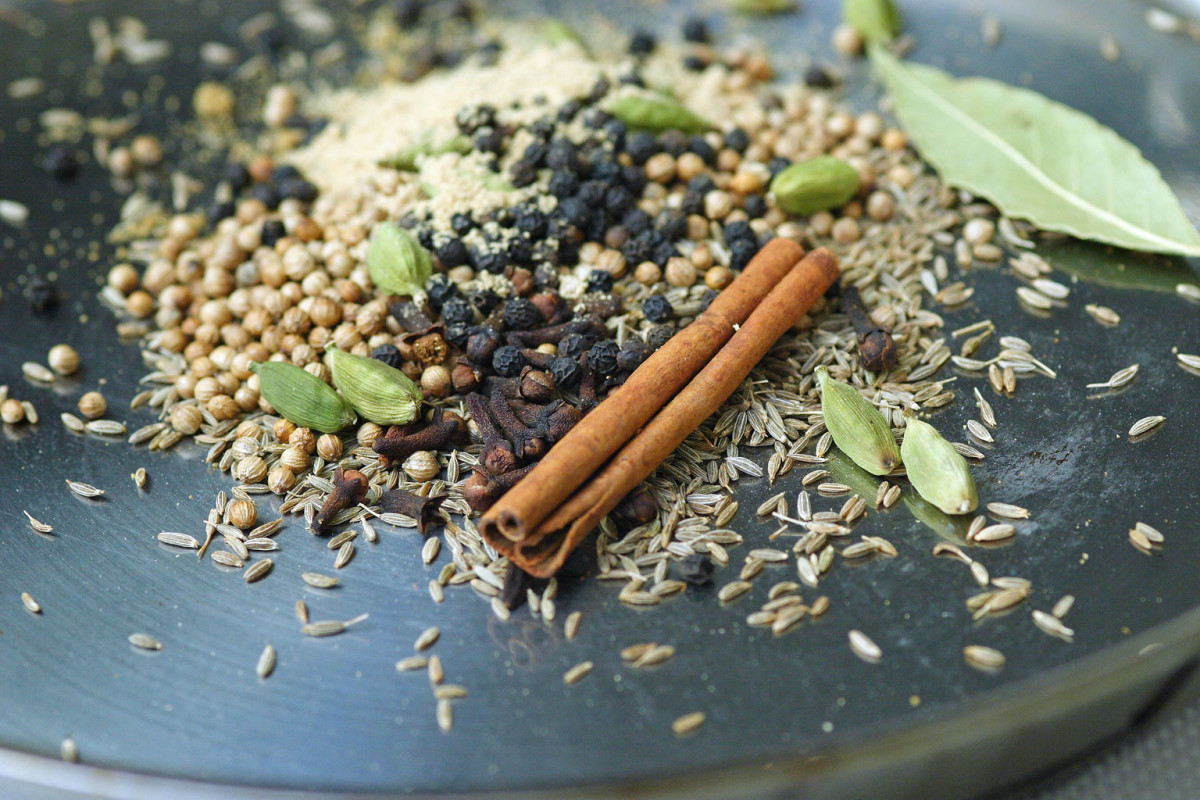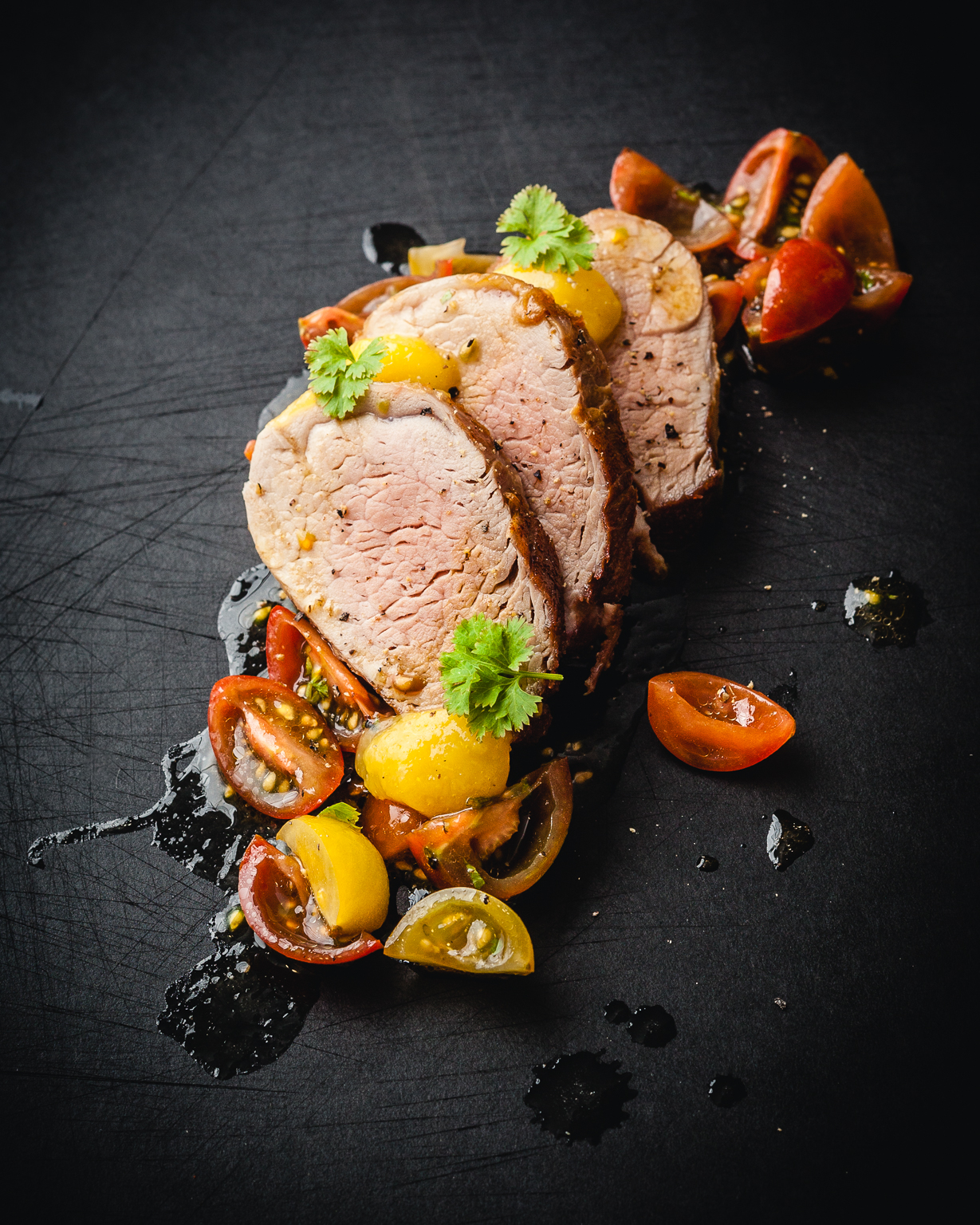The Hestan guys just invited their brand ambassadors to a cooking/photo competition to show off their skills and their hestan skillets! and as you already know… that would impossible for me to pass. They facilitated the recipe which is great because I don’t cook by following recipes so this was different and really fun. It’s a recipe by chef Brad Spence whose culinary career is outside the scope of this post but let me tell you we’re talking about one of the best chefs in the country. He’s critically acclaimed and has a vast knowledge of Italian cooking. Go check out Amis Trattoria’s or Vetri’s websites when you have a change. Pretty wild huh?

Back to the cooking
Like in many Italian dishes the magic happens with few ingredients and good technique. You will need a couple of pots. One for cooking your pasta and one for making the pork ragu. You could cook both in the latter but for convenience’s sake I used two. For the ragu I used my new hestan nanobond skillet. The whole point of this cooking challenge, showing this thing off! You can use any skillet you prefer of course. I like “sticky” pans for developing flavor because they caramelize the sticky bits. That’s pretty much it. The Nanobond skillet is actually a step ahead in my opinion, allowing you to do this evenly across the surface of the pan and facilitating deglazing. It’s weird, it’s like a hybrid pan, 75% sticky, 25% non-stick. Hard to explain really but it’s pretty enjoyable to develop flavor like this.
The ingredients! (about 4 portions)
1 pound rigatoni.
1 pound fresh pork sausage. Casings removed.
5 plum sliced thin.
1/2 cup olive oil.
1 onion sliced.
3 garlic cloves sliced.
8 oz San Marzano tomatoes juices and all.
1 cup of grated parmesan cheese.
1/4 cup chopped parsley.

The pasta.
Cook the rigatoni in salty water for about 1 minute less than the cooking instructions indicate. That’s because the pasta will finish cooking with the sauce. Which if you are new to cooking or new to cooking pasta will find pretty standard in many Italian pasta recipes. How salty should the water be? It’s about 2%-3% salinity or if you don’t care to measure, then taste it until it’s no saltier than say ocean water.. that’s just a ball-park mark. It really is up to you. Remember you will be adding other salty ingredients later like cheese and pork sausage. Experience and testing until a good balance is found is important. Anyways, you can reserve the slightly undercooked pasta until the sauce is ready.

The ragu, part I.
This is the fun part. Start with adding some of the olive oil, maybe half of what you have to your skillet and bring to about 350F. Infrared thermometer will come in handy. You can of course time it by eye, once the oil starts to form ripples add the pork meat and brown away! The meat will stick to the pan… and that’s exactly what you want. Don’t freak out, just let it brown. Takes a good 2-3 minutes. Scrape the pan with a wooden spatula turning the uncooked side of the pork meat down and go away for another 2-3 minutes. Some of the pork stuck to the bottom might be turning too dark. No worries, just add a little bit of water to the pan (you can use pasta water for this) and deglaze it. I do this many times during the ragu step. It’s perfectly normal and actually desirable for flavor developing.
The ragu, part II.
Now add the onions and the garlic. Same thing… cook off the water and let some caramelization happen. Deglaze if needed (you can use pasta water for this) and be careful not to let the garlic turn brown. If you rather, just add the onions first and once they’re cooked add the garlic and sautee for a little bit. The taste of brown garlic is no bueno.
Add the tomatoes now. I added whole canned tomatoes and crushed them with my wooden spoon but you can dice them before hand or even puree them but I wanted a rustic/chunky look. Just like before, caramelize them till they turn a dark reddish brown… brownish red?
Add the plums now and just like before… cook them until slightly caramelized and most of the water has been cooked off. Depending on the level of ripening the time will vary. Use your spidey senses.

Toss it up!
Now add the strained par-cooked pasta to that pan and over medium heat incorporate it all using a spatula. Add half the cheese as well. Cooking until pasta is all dente. Incorporate the rest of the olive oil as well. The sauce should coat the rigatoni inside and outside. Add some of the parsley as well. Mix well. Once the pasta is al dente remove from the heat and serve immediately.
On the plate.
Serve the pasta and dress with extra plum-pork ragu finishing with more parmesano cheese and some more fresh parsley.

Wanna get more sous-vide cooking guides and cool cooking how-to’s in your mailbox? You know what needs to be done!
We never spam. You should only be getting updates when new content is posted on the site. We also respect your privacy. We don’t share your email address with anyone and you can unsubscribe anytime!





2 comments
Where do the plums come in?
excellent questions. Huge omission mistake. I added the plums after cooking everything else… I’ve added a couple of sentences in the post about it. Treat as onions, cook off the water and caramelize a bit. Thanks for catching this omission.